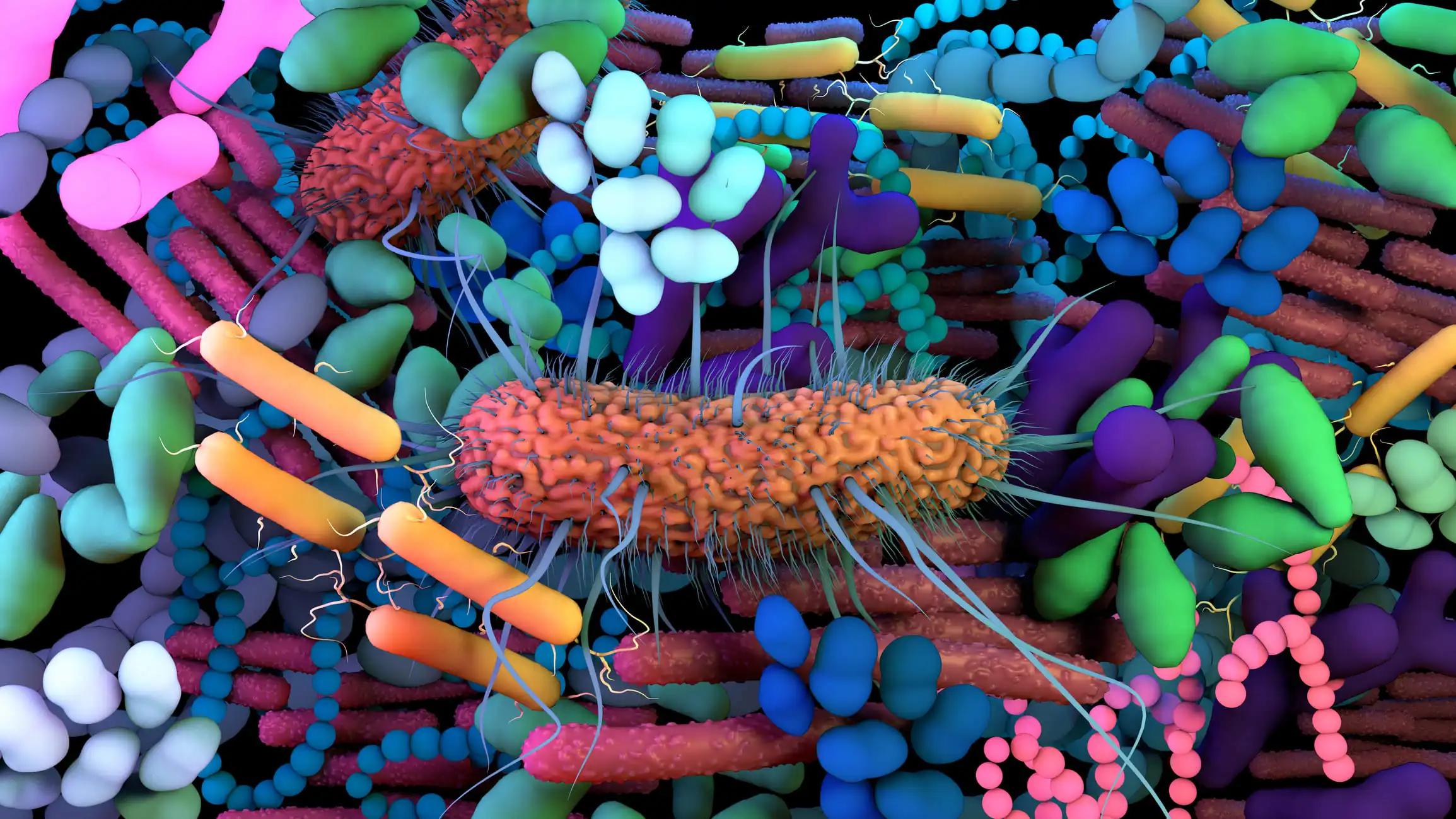KEY TAKEAWAYS
- The phase 2 trial aimed to investigate the mechanisms of resistance to P infection mediated through CEACAM6 and IFITM3 in pancreatic ductal adenocarcinoma cell lines.
- Researchers noticed enhanced P viral infectivity across multiple pancreatic cell lines with high CEACAM6 and IFITM3 expression; further investigation is ongoing.
Pelareorep (P) is a proprietary formulation containing live, replication-competent Reovirus Type 3 Dearing strain. In a prior phase II trial (NCT01280058), investigation ensued regarding P in conjunction with carboplatin (C) and paclitaxel (Pxl) versus C and Pxl alone for metastatic pancreatic ductal adenocarcinoma (PDAC). Although P failed to enhance progression-free survival relative to the standard treatment, certain patients in the P arm demonstrated remarkably durable responses.
Furthermore, analysis unveiled an association between lower levels of carcinoembryonic antigen cell adhesion molecule 6 (CEACAM6) mRNA expression and prolonged progression-free survival in P-treated patients with pancreatic cancer (P=0.05).
Additionally, individuals exhibiting poor response to P treatment exhibited a 3.3 times higher fold change in Interferon-inducible transmembrane protein 3 (IFITM3) expression compared to responders (nominal P<0.05).
Anne M. Noonan and the team aimed to investigate mechanisms of resistance to P infection mediated through CEACAM6 and IFITM3 in a panel of PDAC cell lines.
They performed an inclusive analysis of CEACAM6 and IFITM3 protein levels in PDAC cell lines using Western blot. Flow cytometry was utilized to assess P infectivity. Multiple knockdowns of CEACAM6 and IFITM3 were generated in PDAC cell lines to determine alterations in P infectivity and inflammatory signaling pathways. Live cell imaging was employed to evaluate cell viability.
The basal expression of CEACAM6, PANC10.5 exhibited low levels that remained uninduced after 24hr P infection, contrasting with other cell lines showing moderate to high basal expression that was inducible. Interestingly, P infectivity at 24hrs was notably higher in PANC10.05 cells compared to high CEACAM6 expressing ones. Regarding IFITM3, all cell lines exhibited varying basal expression but showed induction upon P exposure.
Notably, in cell lines expressing high CEACAM6 levels (HPAFII, CFPAC1, BxPC3), low basal IFITM3 expression strongly correlated with heightened P sensitivity and reduced viability at 72hrs. Knockdown of IFITM3 in high expressing cell lines could induce this effect. Additionally, neither C nor Pxl altered CEACAM6 or IFITM3 levels across the 4 cell lines.
The study concluded that high CEACAM6 and IFITM3 levels significantly influence P viral infectivity across various pancreatic cell lines, consistent with findings from translational datasets.
Further analysis aims to uncover underlying mechanisms and identify pathways to modify CEACAM6 and IFITM3 expression, potentially enhancing P infectivity in future clinical trials.
The study was sponsored by the National Cancer Institute (NCI)
Source: https://meetings.asco.org/abstracts-presentations/229586
Clinical Trial: https://clinicaltrials.gov/study/NCT01280058
Noonan AM, David J, Hays JL, et al. (2024). “CEACAM6 and IFITM3 as potential biomarkers for pelareorep in pancreatic adenocarcinoma (PDAC).” Presented at ASCO GI 2024 (Abstract 684).



